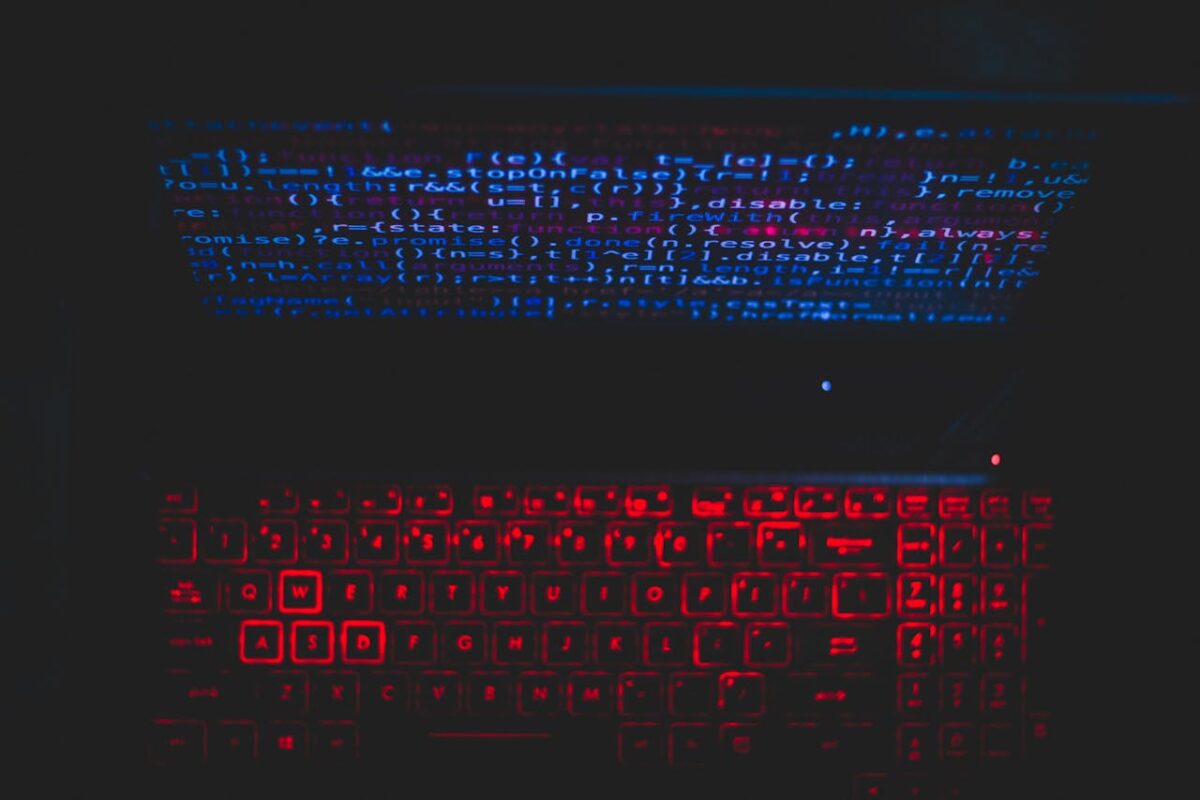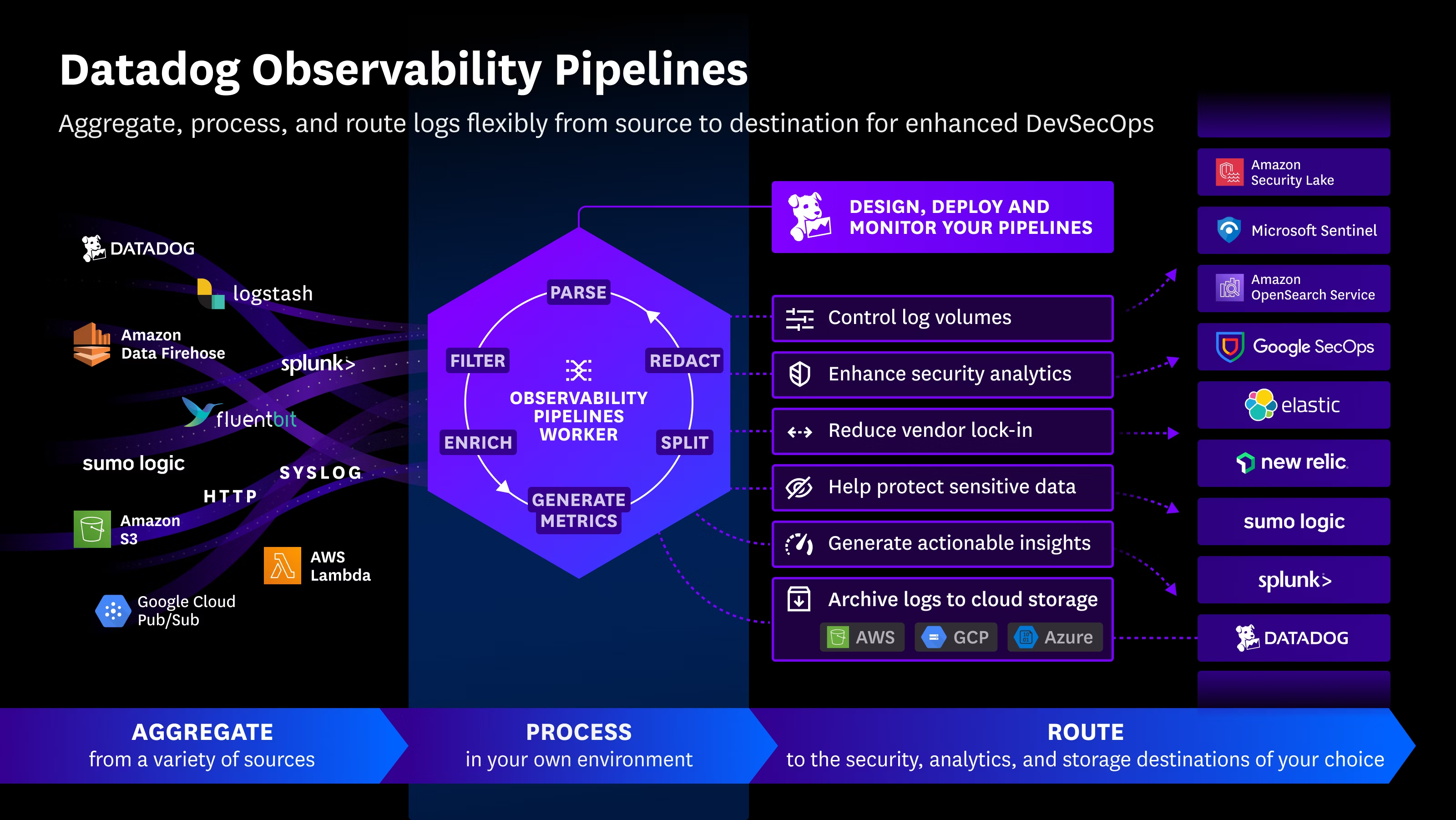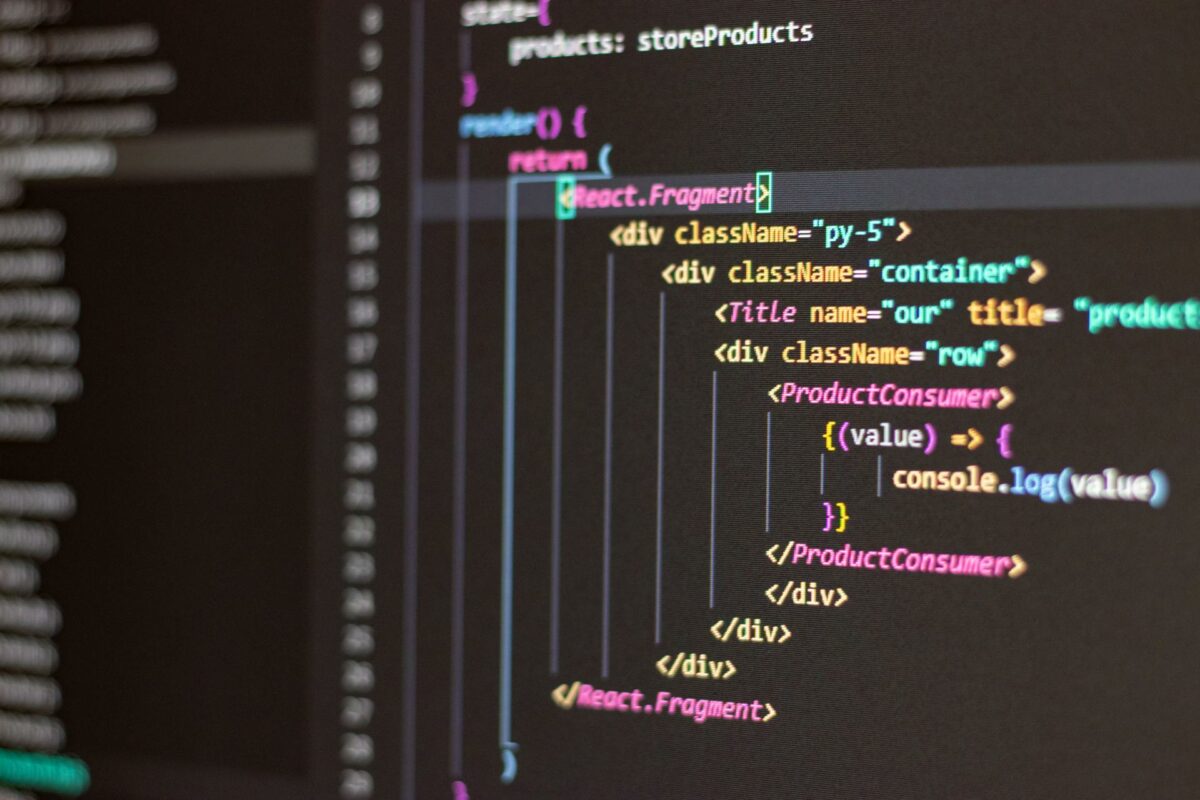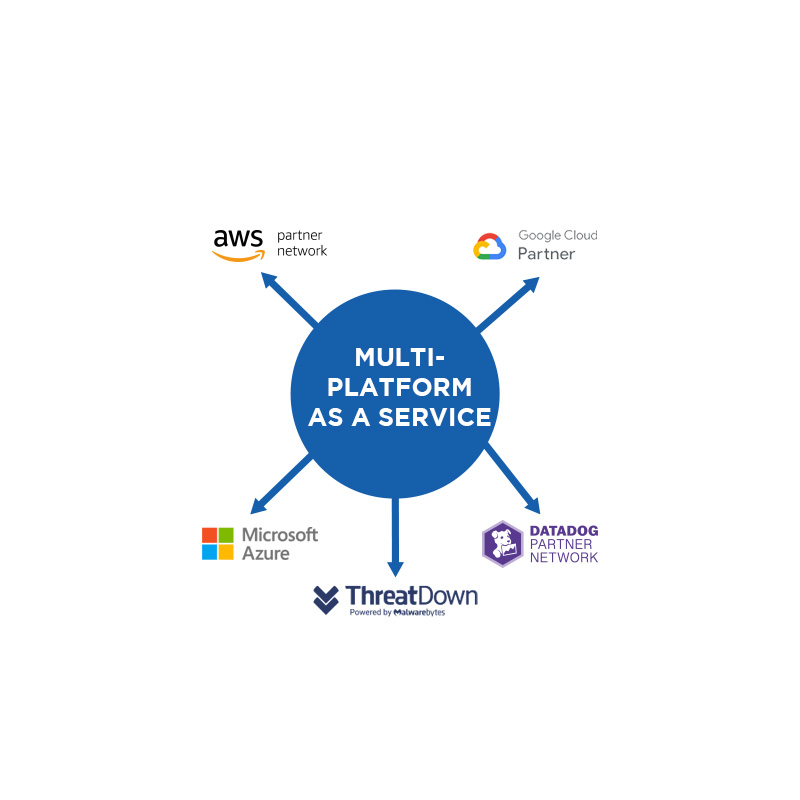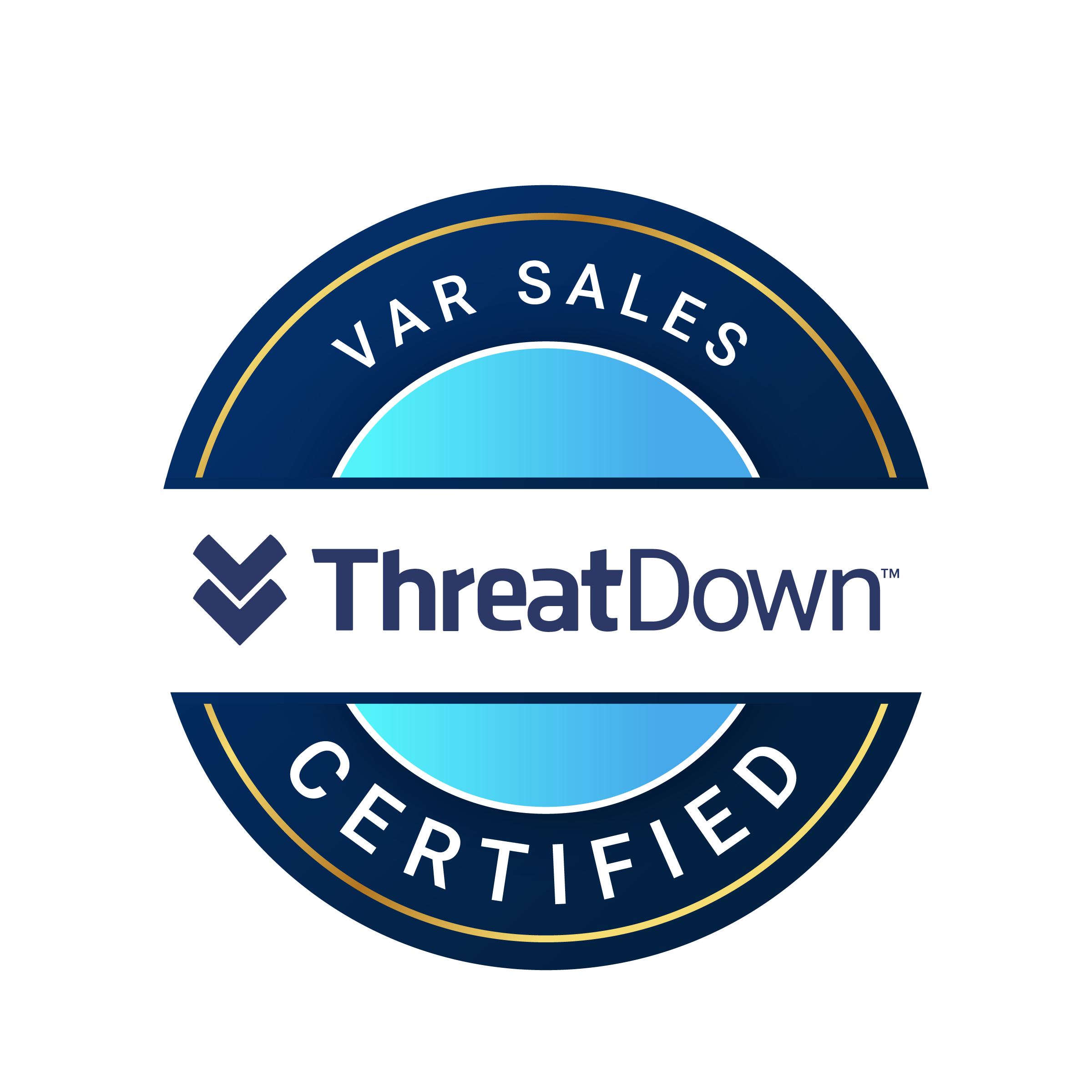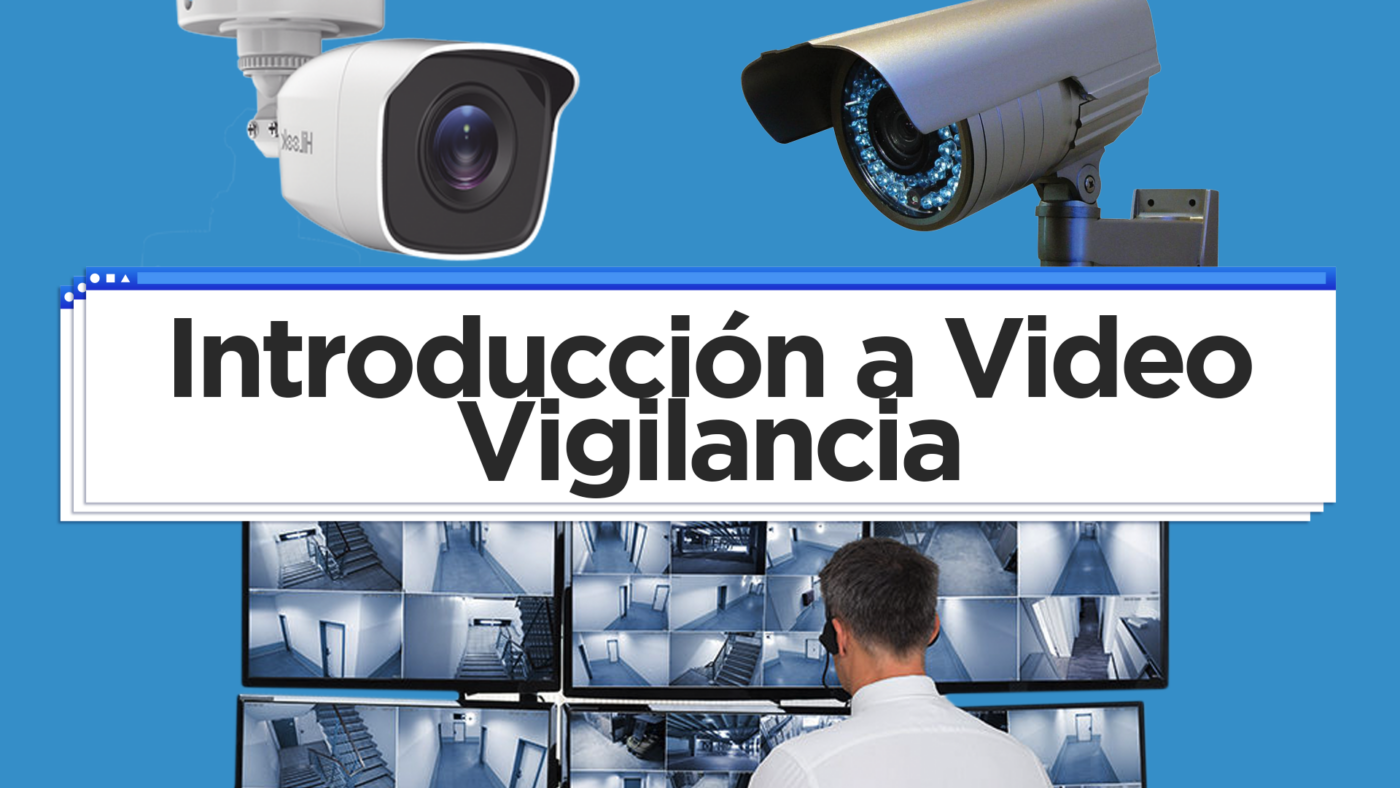Use of Video Surveillance:
- Retail Business Intelligence
- Points of Sale (POS)
- Traffic and Vehicle Control System: For example, if someone in a shopping mall wants to show their customers the number of people entering through a certain entrance of the mall. This is possible with thermal cameras. Also, supermarkets can use thermal cameras to see which aisles are the most trafficked. This gives them intel to know if the product is good or if its sales relate to the foot traffic passing by.
- Access Control: At the moment of arriving at a residence, hotel, or government agency. Just by the camera reading the license plate, the gate opens allowing access.
- Industrial Processes: For example, a client requested cameras to install at their conveyor belt stations. They had reports that their customers received products with defects, so the cameras helped determine if the damage came from the belt or not, since the product is viewed from above when it arrives.
- Parking Control: Thermal cameras to measure temperature at certain points. This is excellent to prevent fires. Or, for example, when a person has a fever, the top of their head starts turning redder. Thus, cameras can indicate if someone has a fever and access can be denied. They are not medical grade but help prevent or serve as a first filter. If the person arrives with the correct temperature, they proceed; if not, they are denied entry.
- Healthcare Facility Control
- Operations Control
Not only to protect your assets but also your processes.
The ideal is to combine access control + alarm + cameras to provide optimal solutions.
It is always recommended to make your client buy twice as much as they ordered. Generally, when they buy a 4-camera system and see it in action, they want to buy more cameras, but their system won’t allow installation; they will have to buy another. That’s why it’s recommended to sell double what was requested.
Components of a Video Surveillance System
We need to have a video recorder; cameras will be connected to the video recorder, acting as our eyes. Another important point is storage, which will be connected to the video recorder. The video recorder receives, stores, and processes the video. Physically, it’s similar to a computer hard drive, but it’s not the same. Video surveillance hard drives are more expensive than computer ones. Why? Because a computer does not work 24/7, but cameras do. They are designed to operate continuously, so they are more durable and resistant, for example, to heating. A computer hard drive might work but isn’t optimal. Also, there is the power supply because cameras need electricity. It’s important to place the power supply before the circuit breakers, so if the breakers are cut, the cameras keep working. UTP cable is the transmission medium. SUPER NECESSARY: 100% copper to transmit turbo hb. Monitoring is also important, and nowadays, it can be done from a cell phone, monitor, or computer.
General Characteristics of Cameras?
How many types of cameras are there?

General Characteristics of Cameras
Regardless of the camera shape, whether fish eye or bullet, there are features shared in cameras such as light sensor, lens, appearance, focus, lighting, DSP, DAY/NIGHT, infrared light, protection level, resolution.
There are only 2 types of cameras: IP and Analog.
The difference is the same if both say they have 2 million megapixels.
But why does the IP look better? Because resolution does not mean better image quality.
Lens: Responsible for focusing light onto the sensor, using the IRIS to control the amount of light entering and avoid saturation.
There are 3 types of lenses:
- Fixed Lenses: The viewing angle can never be changed.
- Varifocal: Allow manual adjustment of the camera’s focal length. This means you have to physically adjust the camera to fit. They always have 2 apertures: minimum and maximum. The downside is if installed on a 6-meter ceiling, you have to climb up and adjust it with a screwdriver.
- Motorized Lens: An evolution of varifocal lenses. The big advantage is they can be adjusted remotely, from a cell phone, recorder, or computer.

There are 2 types of zoom: Optical (the lens moves to focus) and digital zoom (which is what we do on our cell phones).

Minimum Illumination: The minimum amount of illumination the light sensor requires to generate a useful video signal.
Lux Rating: A measure used to determine how much light (sun or lamps) a camera requires.
*If we want color images, we need to add light.
If the camera is exposed to low light conditions and lacks infrared, a digital noise effect will appear in the image.
Digital Noise: A pixel alteration in the camera sensor trying to represent the color of a pixel but lacking enough light, it may interpret the color as black/white, generating haze or pixels with abnormal colors.
Digital Signal Processor (DSP): Very important for image capture quality. It performs image enhancements.
- Controls Brightness
- Image Stability
- Sharpness
- Resolution
- Motion Detection
- Noise Reduction
How do you know if a camera is good? DSP shows the difference. If it’s very cheap, this is why… There are 2-megapixel cameras costing just a few dollars compared to others because the magic is in the DSP.
Example of 2 cameras with 2 megapixels:

THE MOST IMPORTANT PART IS THE DSP.
Image Capture Sensor: An electronic system sensitive to light photons formed by metal-oxide semiconductors, arranged in a matrix form.
Sensor: Responsible for capturing light and forming the image. The ICR filter helps filter IR light during the day and removes it at night.
Illumination: A camera with a higher Lux number is less sensitive to light.
Day/Night Function: Switches from color to black/white when lighting conditions are insufficient.
Infrared LEDs provide night vision. Their number and intensity define how far the camera can see in the dark.
Protection Level: Indicates the resistance of the camera to water, dust, or vandalism (e.g., IP rating).
Resolution: The number of pixels captured (e.g., 2MP, 4MP, 8MP). More pixels mean more detail, but quality depends also on the DSP and lens.

 Español
Español
